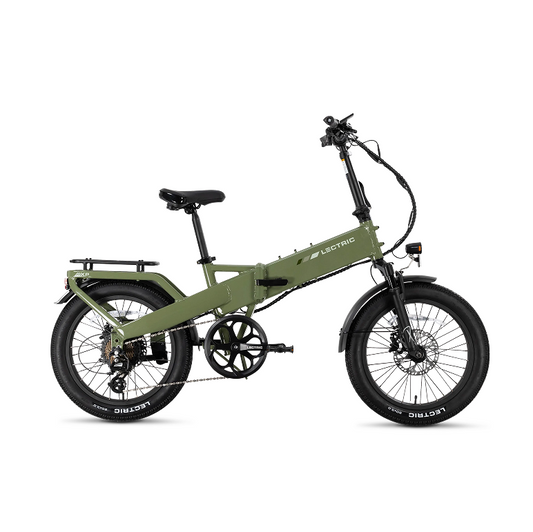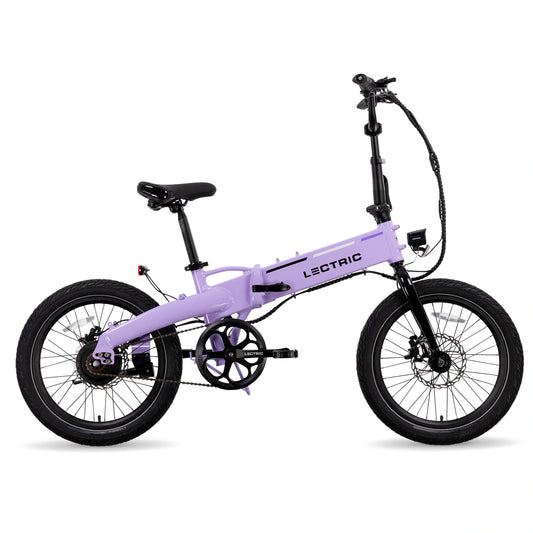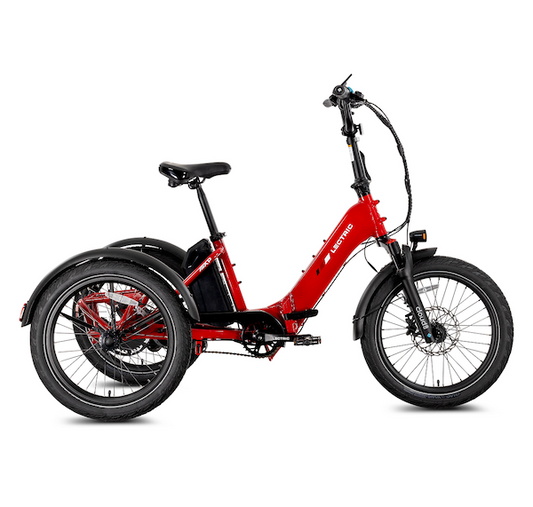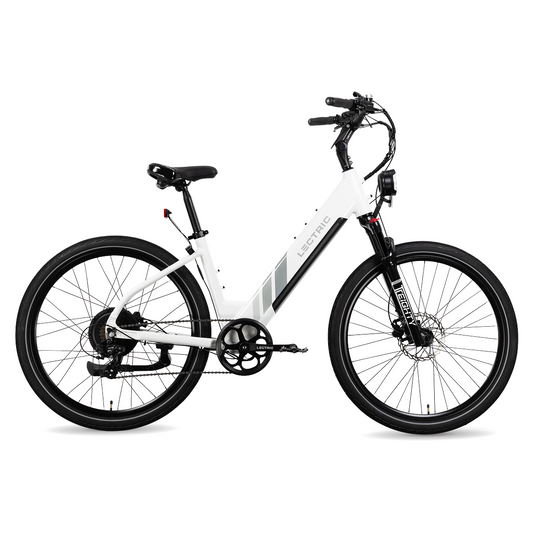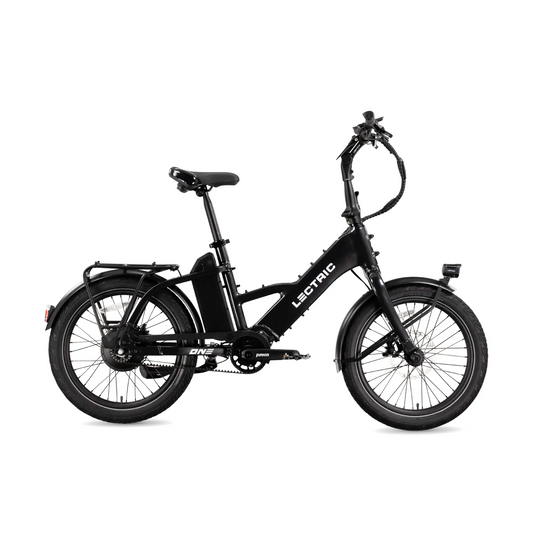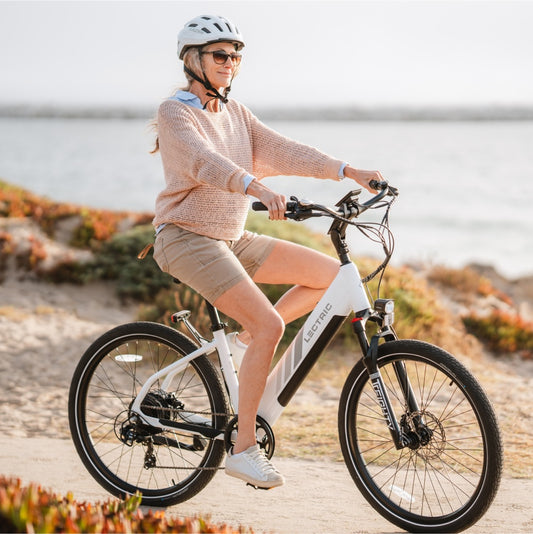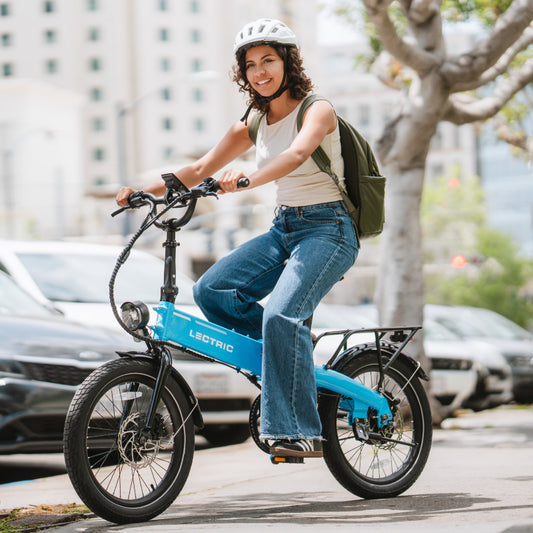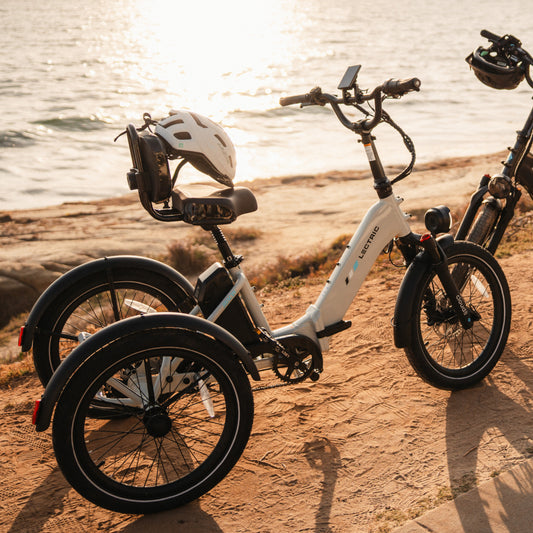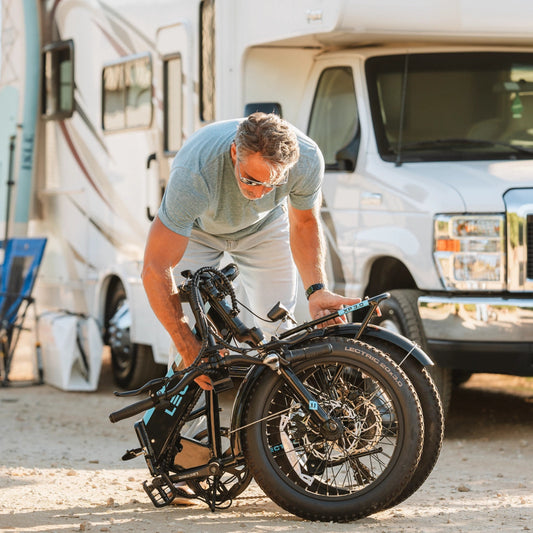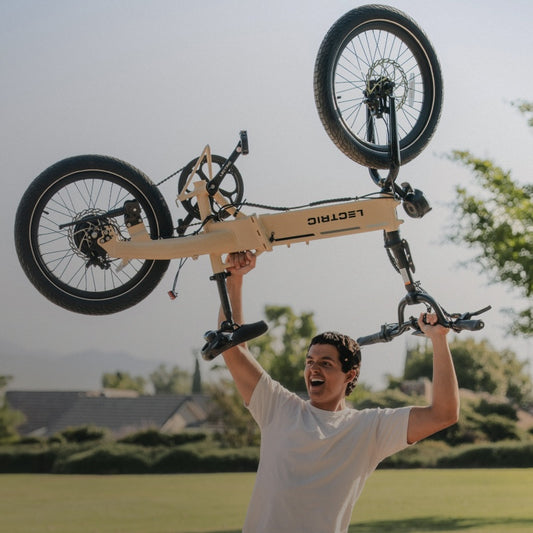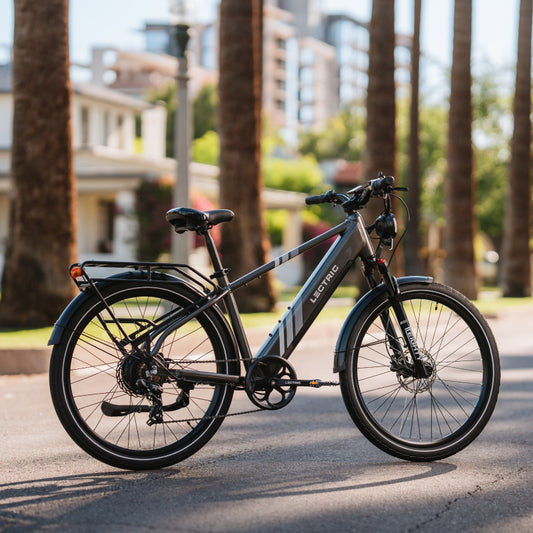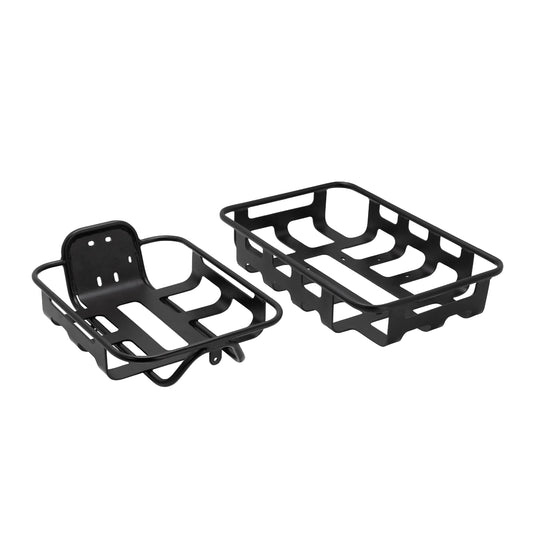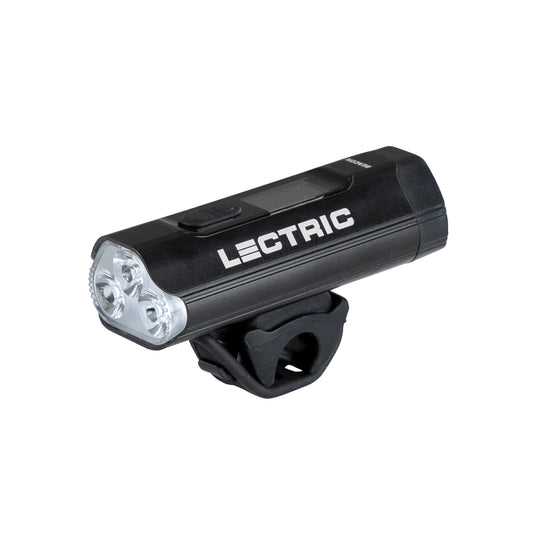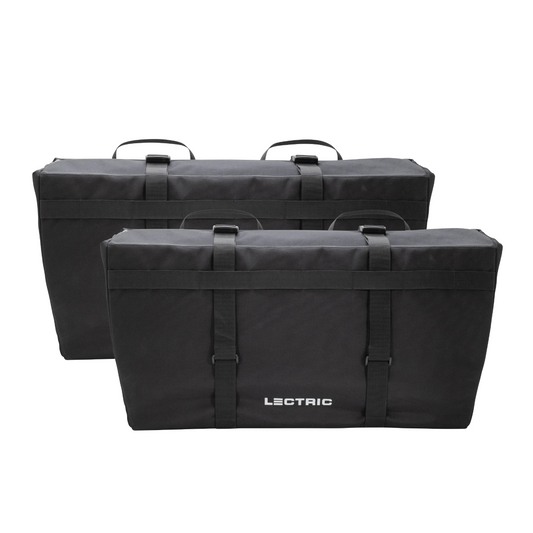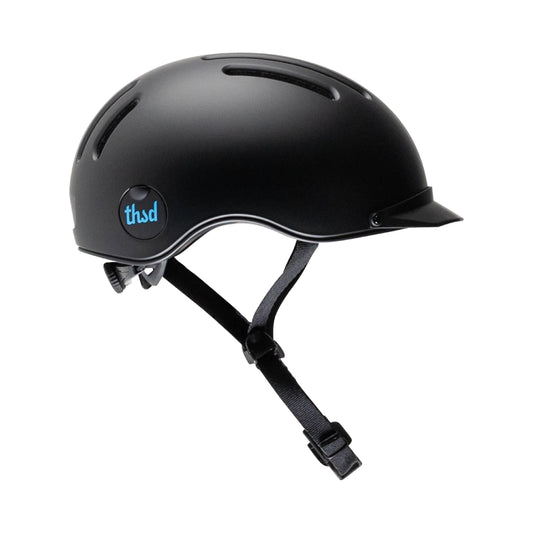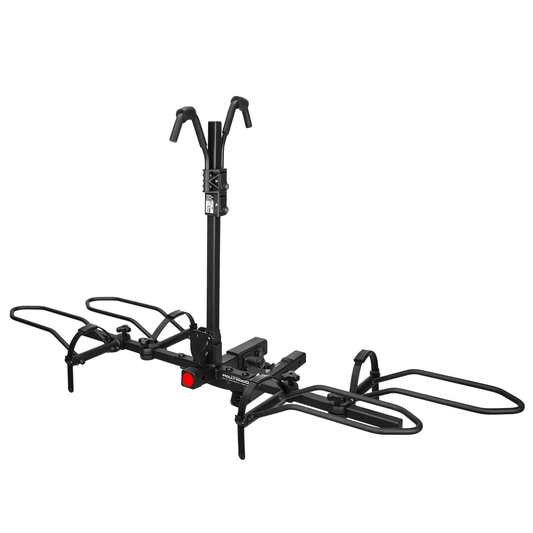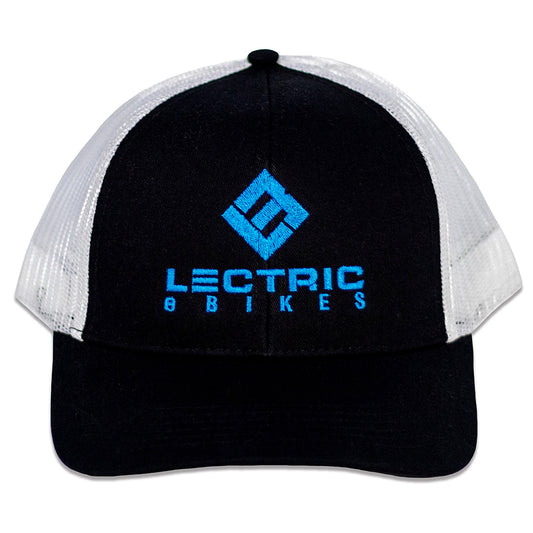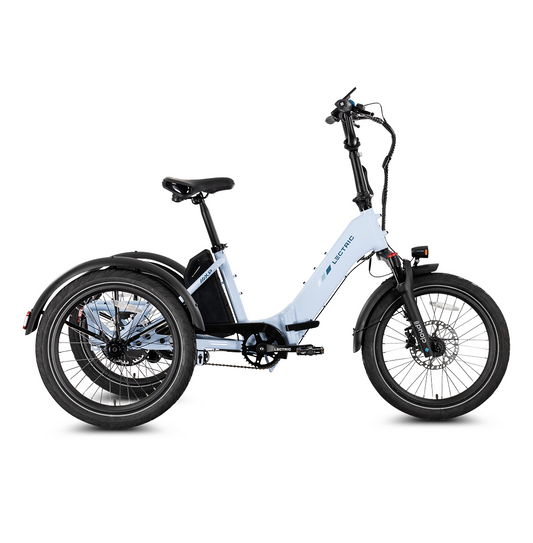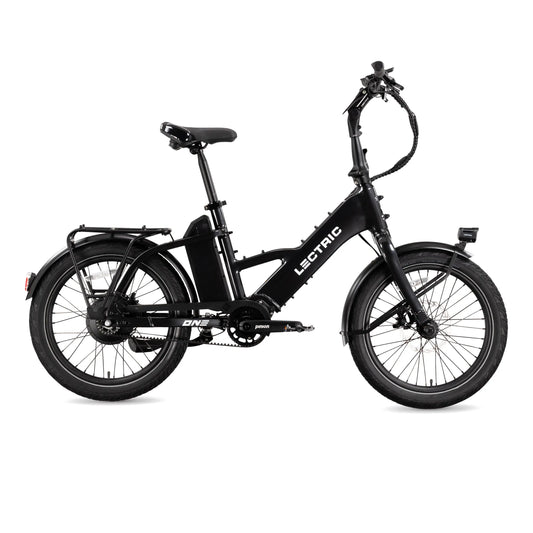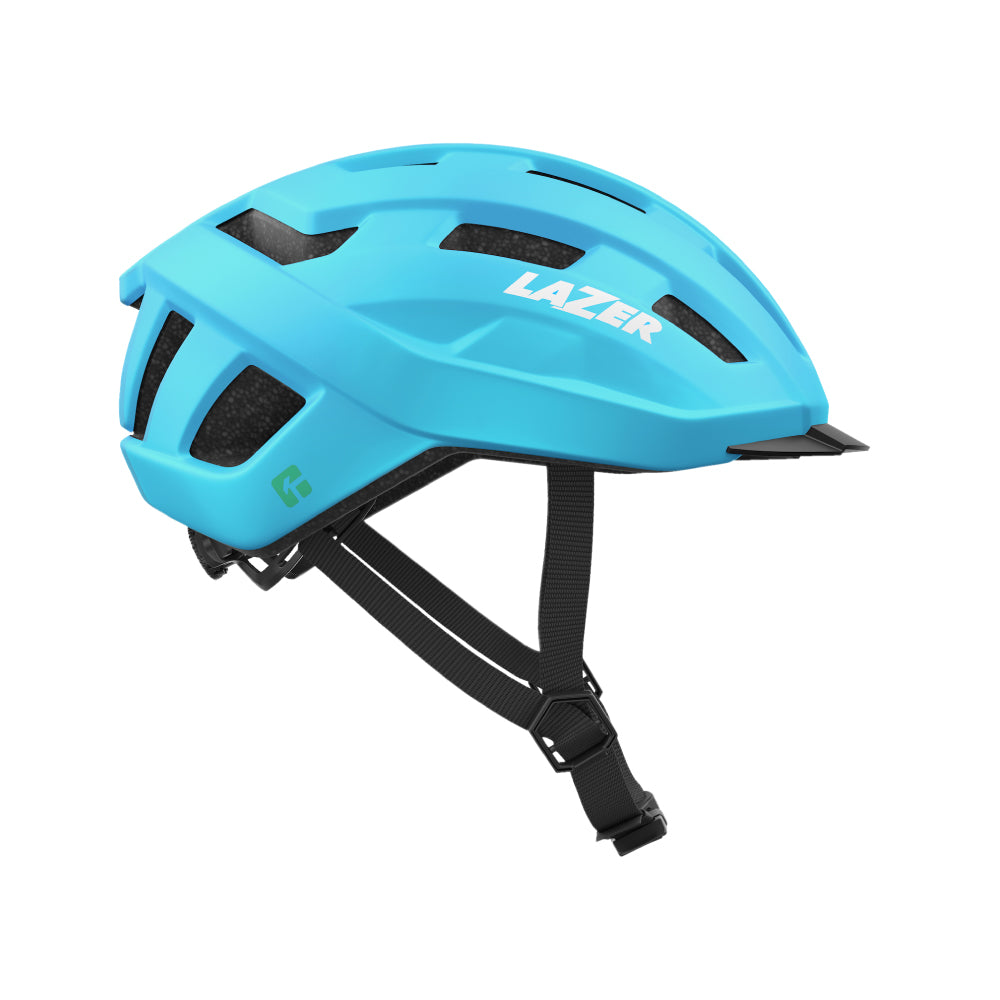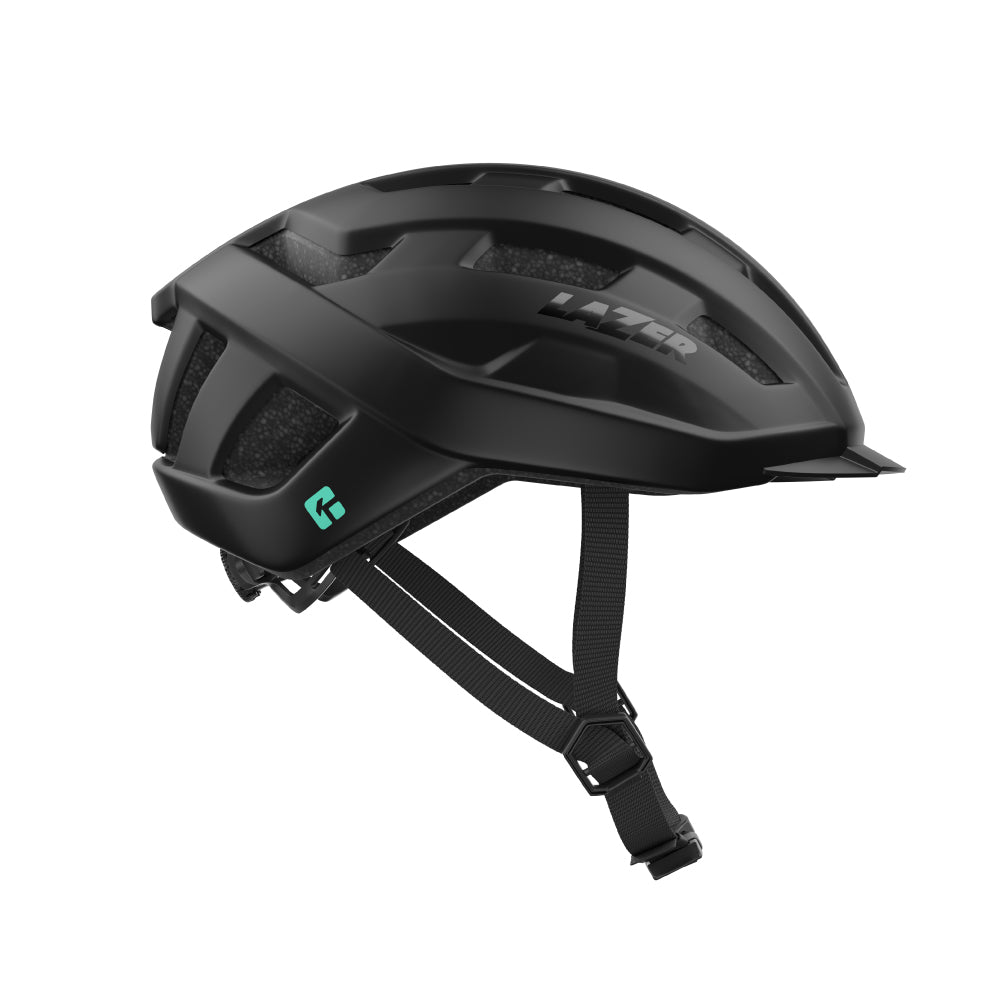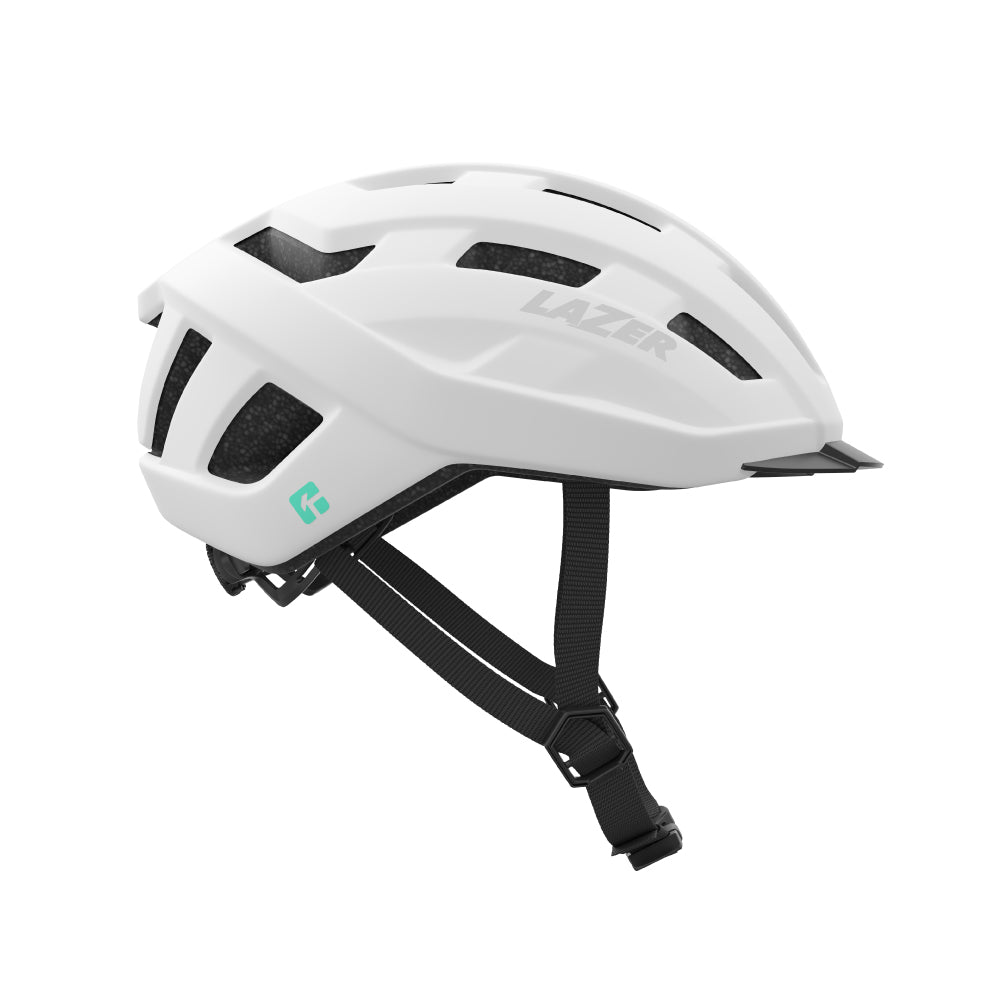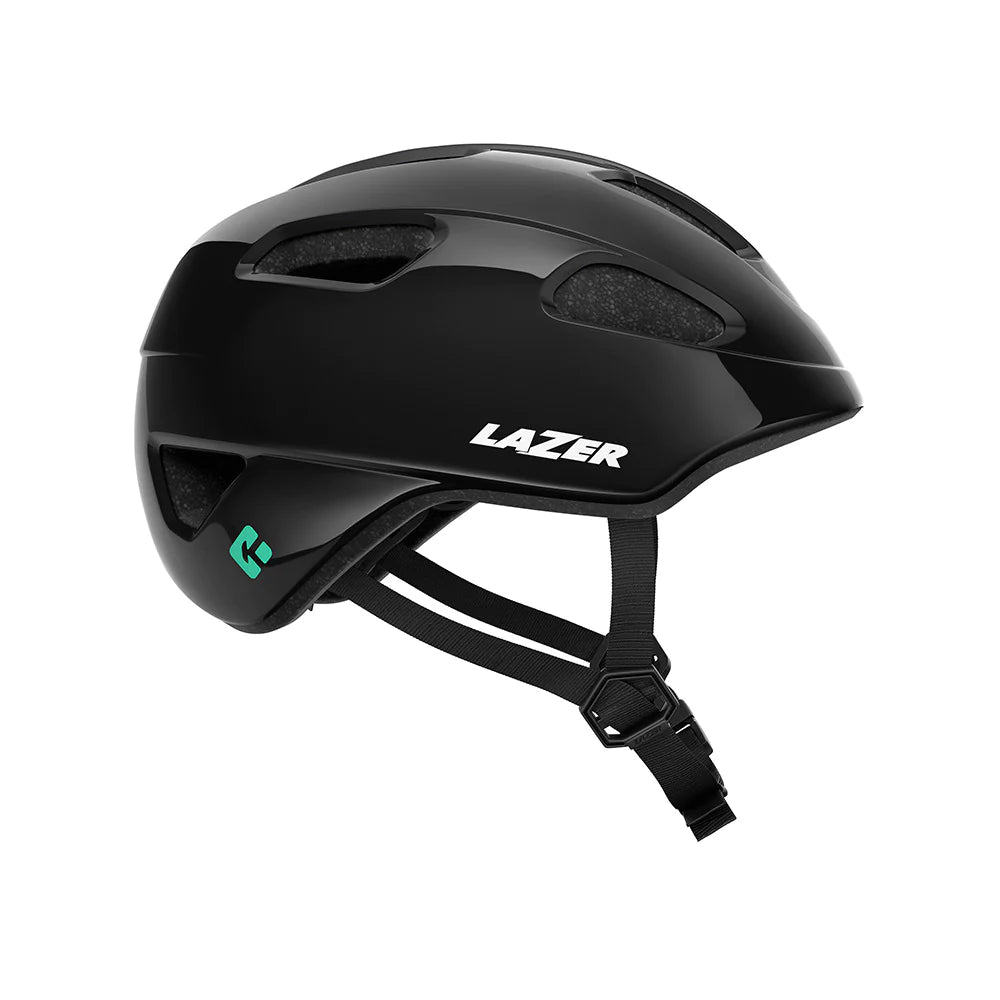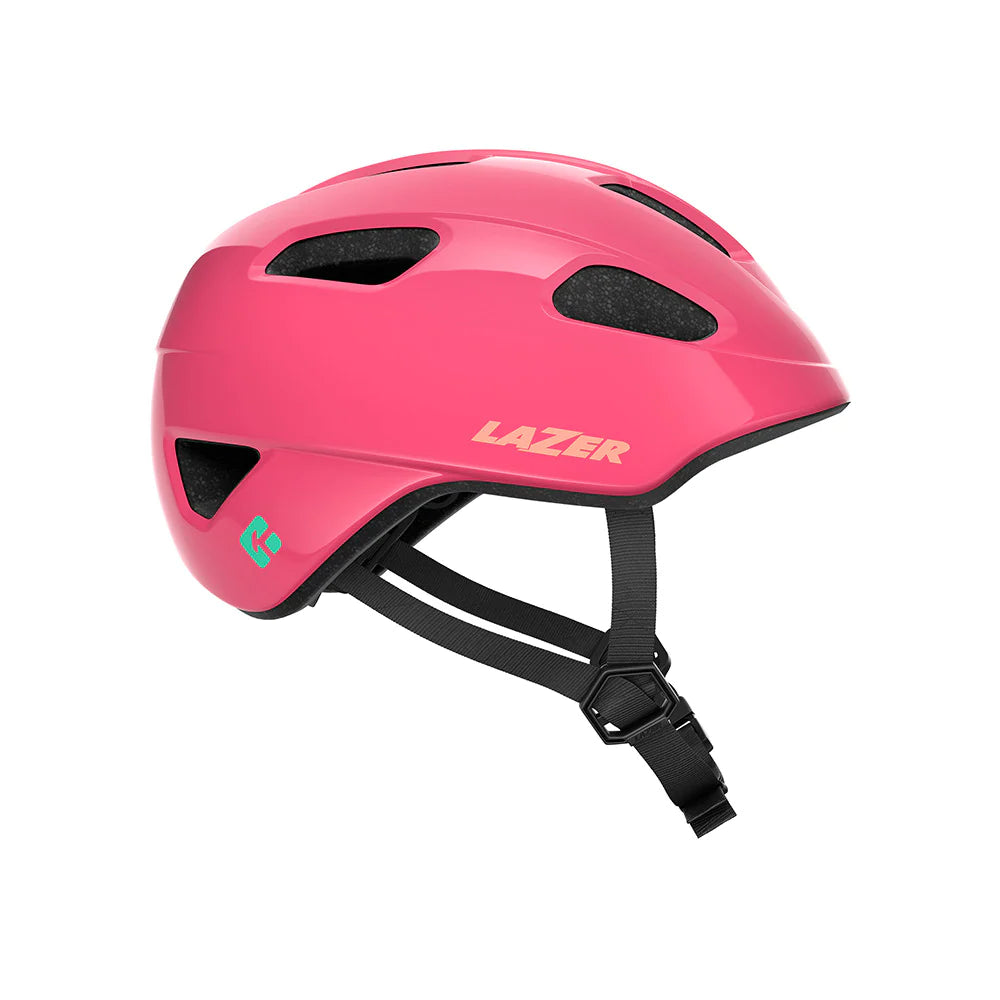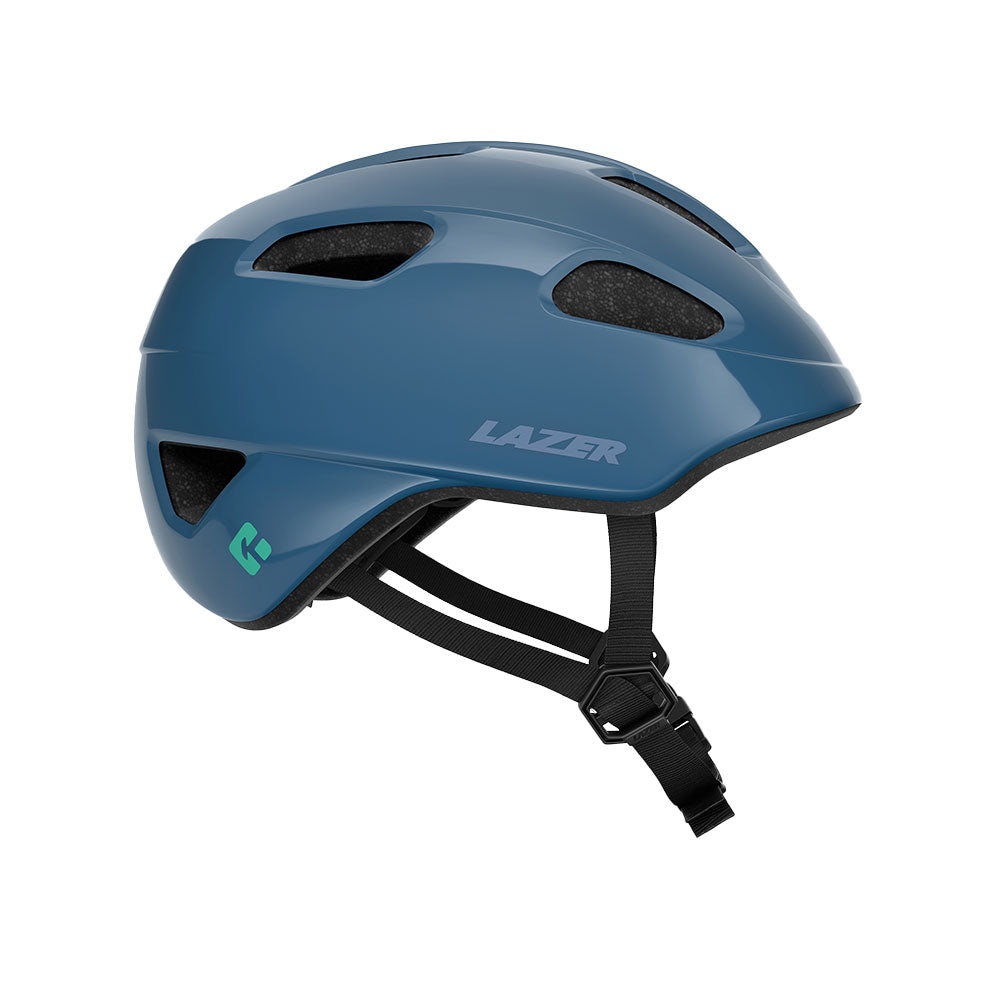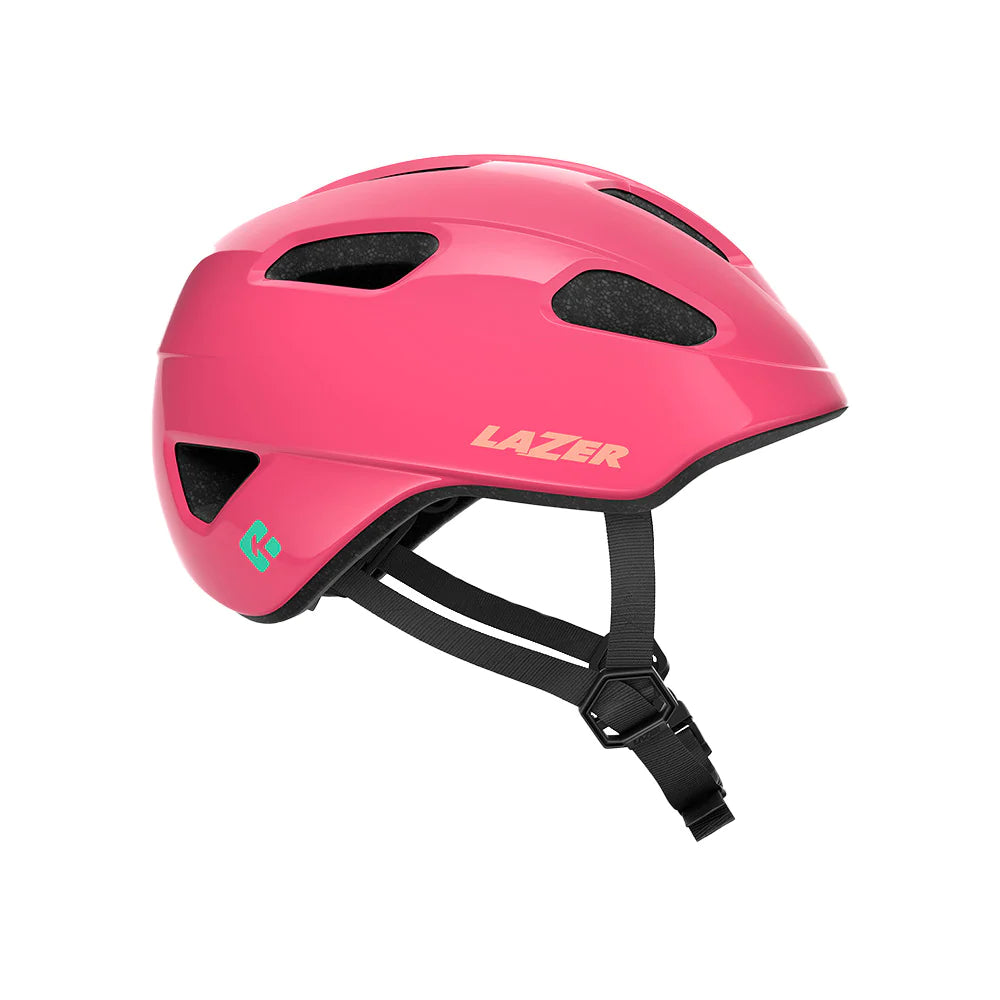What’s the most important piece of cycling gear? When it comes to protection in the event of a crash, the obvious answer is your helmet. Your bike helmet is the one piece of equipment that delivers crucial protection and it’s important to know when it’s time to get a new one.
“Cycling helmets—even when they have not been involved in a crash—don’t last forever,” says Chris Smith, Lazer Helmets. “It really depends on how much the helmet is used and how well it’s cared for but I strongly recommend that you replace your helmet every 3-5 years,” adds Smith, who has been working in the cycling industry since 1988.
The reason, continues Smith, is that even typical use results in bumps and dents in the helmet foam that in the long run will lessen its effectiveness. For example, an accidental drop off a handlebar or tailgate can cause hairline cracks in the EPS foam that often are difficult to see. Time in the sun or prolonged exposure to high temperatures can also cause degradation. Ingredients found in many bug sprays and sunscreens can also cause damage to helmet shells and foam so it’s important to remove your helmet before applying those types of products. And of course, helmet technology changes rapidly. Today’s helmets are lighter, better ventilated, and offer improved protection versus offerings from even just a few years ago.

That’s why Smith urges riders to conduct regular helmet inspections. So, what should you look for?
Be on the lookout for signs of wear and tear, small cracks or dents in the shell, or anything out of the ordinary. Also, check the integrity of the retention system, helmet straps, and chin buckle. Make sure the fit dial is functioning properly, and check the straps are not fraying or ripped. Finally, ensure the buckle doesn’t have any cracks and that it closes properly and stays closed. You don’t want your helmet falling off in the middle of a crash.
Take this same cautious approach when evaluating your helmet after a crash. It’s important to remember that helmets are intended to be single use safety devices. After a single crash or impact, the helmet is simply no longer able to provide the same level of protection as when new. Even if there are no overt signs of damage, it’s probably a good idea to get a replacement just to play it safe.
“You can’t put a price tag on your head and brain,” adds Smith. “Optimal protection is well worth the investment.”

When it’s time for a replacement Smith says he would never buy a used helmet—and only purchase from an authorized retailer. “Even if a helmet looks brand new, there is no way you can look underneath the polycarbonate outer shell to see if there are cracks or deformities in the foam,” he warns. “It’s not like a used car where you can get hold of the service records. The protective helmet material could be compressed or otherwise compromised and you’d never know it. I’d even be cautious purchasing a helmet purported to be brand new from the online secondary market. There are lots of counterfeit products out there and it can be really hard to tell what’s what. Stick to authorized dealers whether in person or online so you know you’re getting what you pay for.”
Finally, Smith says that while it may be tempting to save a few dollars, not all helmets are created equal.
“Yes, there are baseline safety requirements for all helmets,” he reveals. “But if you look at the highly regarded Virginia Tech Helmet Safety Ratings website, it recommends that cyclists only use helmets that receive 4 and 5-star safety ratings.
And just in case you’re wondering, no other cycling helmet manufacturer has more Virginia Tech 4 and 5-star rated helmets than Lazer. “That’s our goal with every helmet we make,” concludes Smith. “Anything less just doesn’t make sense.”
